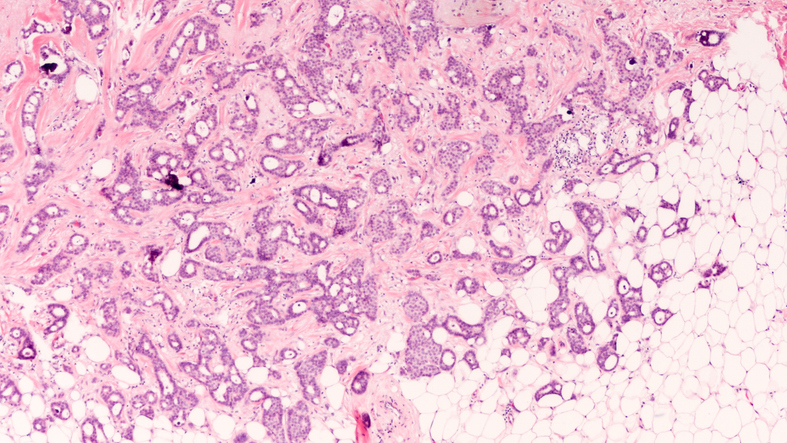
The Breast Cancer Index (BCI) assists in decision-making regarding adjuvant endocrine therapy for premenopausal patients with hormone receptor-positive (HR+) breast cancer, according to a recent study published in JAMA Oncology.
In this prospective-retrospective translational study, researchers assessed 1687 female patients from the Suppression of Ovarian Function Trial (SOFT). Patients in the population of interest were randomized to receive 5 years of adjuvant tamoxifen alone, tamoxifen plus ovarian function suppression (OFS), or exemestane plus OFS. The investigators postulated that BCI HOXB13/IL17BR ratio (BCI[H/I])-high tumors would benefit more from OFS and high BCI portended poorer prognosis. The primary end points of the study were breast cancer-free interval (BCFI) for the predictive analysis and distant recurrence-free interval (DRFI) for the prognostic analyses.
According to the findings, patients with BCI(H/I)-low tumors showed a 12-year absolute benefit in BCFI of 11.6% from exemestane plus OFS, as well as an absolute benefit of 7.3% from tamoxifen plus OFS compared with tamoxifen alone. Conversely, patients with BCI(H/I)-high tumors did not benefit from either exemestane plus OFS (absolute benefit, −0.4%; hazard ratio [HR], 1.03 [95% CI, 0.70-1.53]; P for interaction=.006) or tamoxifen plus OFS (absolute benefit, −1.2%; HR, 1.05 [95% CI, 0.72-1.54]; P for interaction=.11) compared with tamoxifen alone.
Overall, the study found that BCI was significantly prognostic in the N0 subgroup for DRFI (n=1110; P=.004), with 12-year DRFIs of 95.9%, 90.8%, and 86.3%, respectively, in BCI low-risk, intermediate-risk, and high-risk N0 cancers.
“In this prospective-retrospective translational study of patients enrolled in SOFT, BCI was confirmed as prognostic in premenopausal women with HR+ breast cancer,” the researchers concluded. “BCI(H/I)-low status may identify premenopausal patients who are likely to benefit from this more intensive endocrine therapy.”







 © 2025 Mashup Media, LLC, a Formedics Property. All Rights Reserved.
© 2025 Mashup Media, LLC, a Formedics Property. All Rights Reserved.